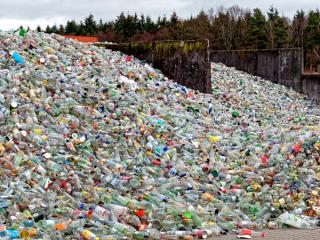
Feasibility of transition to an ultra-low emissions vehicle (ULEV) fleet
- Client Name
- Confidential
- Location
- Wales, UK

Challenge
The client wanted to understand the feasibility of transitioning their current fleet of diesel refuse collection vehicles (RCVs) and resource recovery vehicles (RRVs) to Ultra-Low Emission Vehicles (ULEVs).
The feasibility assessment was to consider the feasibility of battery electric vehicles (BEVs) and hydrogen fuel cell electric vehicles (FCEVs) and the implications of such a change on infrastructure required at the depot.
Solution
SLR undertook a review of the existing deployment of ULEVs within waste collection. Analysis of the existing fleet of collection vehicles (including mileage and diesel consumption) along with ULEV specifications enabled the modelling of the clients potential electricity and hydrogen requirements.
This in turn led to an assessment of site electricity demand vs grid capacity access (for BEVs) and liaison with hydrogen production equipment suppliers for onsite hydrogen production (for FCEVs) to enable a technology, financial and carbon assessment.
Impact
SLR provided examples of ULEVs in operation demonstrating viability.
Due to several reasons (including the depot has a sizable electricity substation and vehicles operate a single shift), BEVs were demonstrated to be feasible (subject to capital funds for vehicles and charging infrastructure).
Current economics of hydrogen production using (mainly) grid electricity, and depot space constraints, meant that in this situation (and at this particular time) hydrogen production by the client and fleet transition to FCEV was not feasible.

